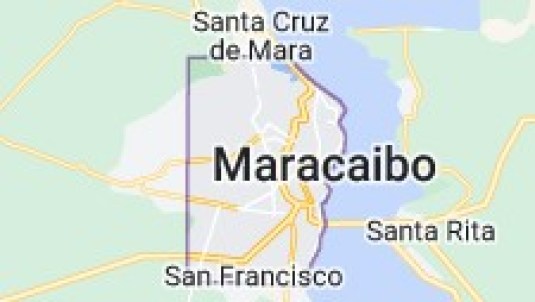
Crude output in Venezuelan state-owned PdV’s western division that comprises the Lake Maracaibo producing area has fallen by almost half since January despite upticks in recent months, internal reports from PdV obtained by Argus show.
By Argus Media
Nov 07, 2022
Output from the western division in Zulia state that includes the mostly stalled PetroBoscan joint-venture with Chevron plunged from 190,000 b/d in early January to 98,000 b/d by the last days of October, the production reports show. This area represents about 13pc of Venezuela’s overall production in October. It produced most of Venezuela’s oil until output ramped up from the Orinoco belt in the early 2000s.
The area struggled to keep up output since comprehensive sanctions imposed by the administration of former US president Donald Trump in 2017. But long-delayed maintenance, increasing crime and the continued immigration and labor issues at PdV reached a critical mass this year, the report and other sources indicate.
Story of destruction
“This is the story of the destruction of production,” said the source who provided the report.
Western division output hit 147,640 b/d by the end of January, 63pc below the goal set by PdV for that month, the documents show. Some projects and joint ventures – including PetroBoscan and some fields operated with China’s Sinopec – had started reporting zero production.
Output rose slightly in February, to 153,740 b/d in the whole division, bringing it to 41pc below PdV’s headquarters for the month. With about 7,500 wells in the area, production could still be recovered, industry experts and others said at the time.
But by March, production took another dip, to 141,110 b/d, or more than 91pc below the goal. That same month a high profile US delegation arrived in Caracas, the first contact of this type in years, raising some expectations that sanctions could be eased to at least legally allow Venezuela to helped substitute Russian supply sanctioned after the invasion of Ukraine.
But Venezuela’s inability to sustain output become clear as output in the division dove to 134,000 b/d in April, then to 124,000 b/d in May.
Managers blamed everything from continuing electricity failures in Zulia state – some wells use portable generators – to higher street crime spilling, literally, into the lake. Crews have been robbed at gunpoint on barges and boats while working in the middle of Lake Maracaibo.
By June output fell to less than half of the PdV goal, to 108,160 b/d, and then to 103,910 b/d in July.
Necessary side hustles
The practice of stealing pipes, wire and other equipment to sell as salvage was also creating more issues and mechanical breakdowns.
This also comes on the back of years of an exodus of qualified workers, with more than 7.1mn Venezuelans emigrating since 2013, according the Organization of American States. Remaining PdV workers often hold second jobs to make ends meet – taking focus off their primary profession.
Output hit a low for the year of 96,000 b/d in August, leading PdV workers to begin calling publicly for more investment in the zone.
While there has been no obvious additional investment, production ticked up to 97,000 b/d in September and 98,000 b/d in October on average.
Venezuela’s output overall recovered to an estimated 765,000 b/d in October, with analysts attributing the hike to the arrival of Iranian condensate which is used as diluent in certain oil projects. But condensate is flowing more into the Faja, or oil belt, and other areas rather than the western division.
Output in the western division reached 99,740 b/d in the last week of October, the highest in several weeks – still about a third of the goal.
…
Read More: Argus Media – Myriad problems halve PdV’s Maracaibo-area output
…

